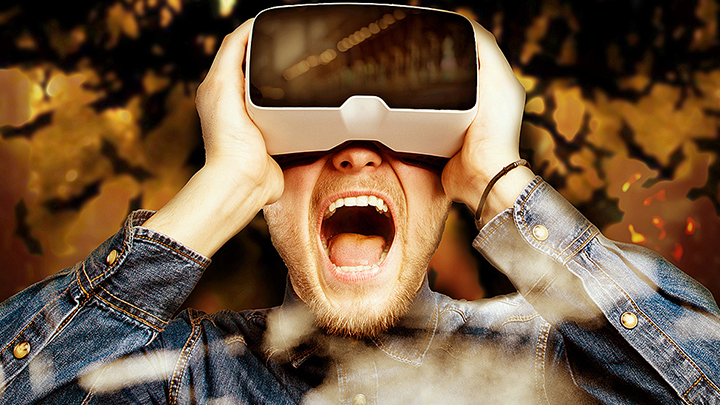VR Headsets: The New Toy for Kids
Virtual Reality (VR) headsets are quickly becoming a popular toy among children, captivating their imaginations and providing an immersive experience unlike any other. As technology advances and VR becomes more accessible, parents and guardians are exploring the potential benefits and drawbacks of these futuristic devices for their young ones. This article delves into why VR headsets are becoming a new favorite for kids, their potential impact, and considerations for safe use.
The Allure of VR for Kids
1.Immersive Experience
VR headsets transport users into a three-dimensional, interactive environment. For children, this immersion can turn simple educational games into exciting adventures, making learning more engaging and fun. Imagine a child exploring the solar system, walking among dinosaurs, or diving into the ocean, all from the safety of their home.
2.Educational Potential
Many VR applications are designed with education in mind. They offer interactive lessons in subjects like history, science, and geography. For instance, kids can take virtual field trips to historical sites, explore the inner workings of the human body, or witness complex scientific phenomena firsthand. This interactive learning can foster a deeper understanding and retention of information.
3.Enhanced Creativity
VR encourages creativity by allowing children to build and explore their own virtual worlds. Games like “Minecraft VR” enable kids to create intricate structures and landscapes, fostering spatial awareness and problem-solving skills. These creative endeavors can also boost their confidence and imagination.
Potential Benefits
1.Cognitive Development
VR experiences can enhance cognitive skills such as problem-solving, critical thinking, and spatial reasoning. Interactive games and puzzles in a VR environment challenge children to think creatively and make quick decisions, contributing to their mental development.
2.Physical Activity
Some VR games require physical movement, encouraging kids to be active. This can be a fun way to incorporate exercise into their routine, especially for those who may be less inclined to participate in traditional physical activities.
3.Social Interaction
Multiplayer VR games provide opportunities for social interaction and teamwork. Children can play and collaborate with friends or other players around the world, learning valuable social skills and building friendships in a virtual setting.
Considerations for Safe Use
1.Age Appropriateness
It’s crucial to choose VR content that is age-appropriate. Many VR games and applications come with age ratings and content descriptions. Parents should ensure that the experiences are suitable for their child's age and maturity level.
2.Supervised Play
VR headsets should be used under adult supervision to monitor content and ensure safe play. Parents can set time limits and check the content to make sure it aligns with their values and educational goals.
3.Health and Safety
Extended use of VR headsets can cause eye strain, dizziness, and headaches. It’s important to encourage regular breaks and ensure the play area is safe to prevent accidents. Additionally, parents should be aware of any potential negative impacts on their child’s vision or balance.
Conclusion
VR headsets offer an exciting and innovative way for children to learn, play, and explore. Their immersive nature, educational potential, and ability to foster creativity make them a compelling new toy for kids. However, it’s essential for parents to be mindful of the content, supervise play, and ensure safe usage to maximize the benefits and minimize any potential risks. With the right approach, VR can be a valuable tool in a child’s development, opening up new worlds of possibility and imagination.




